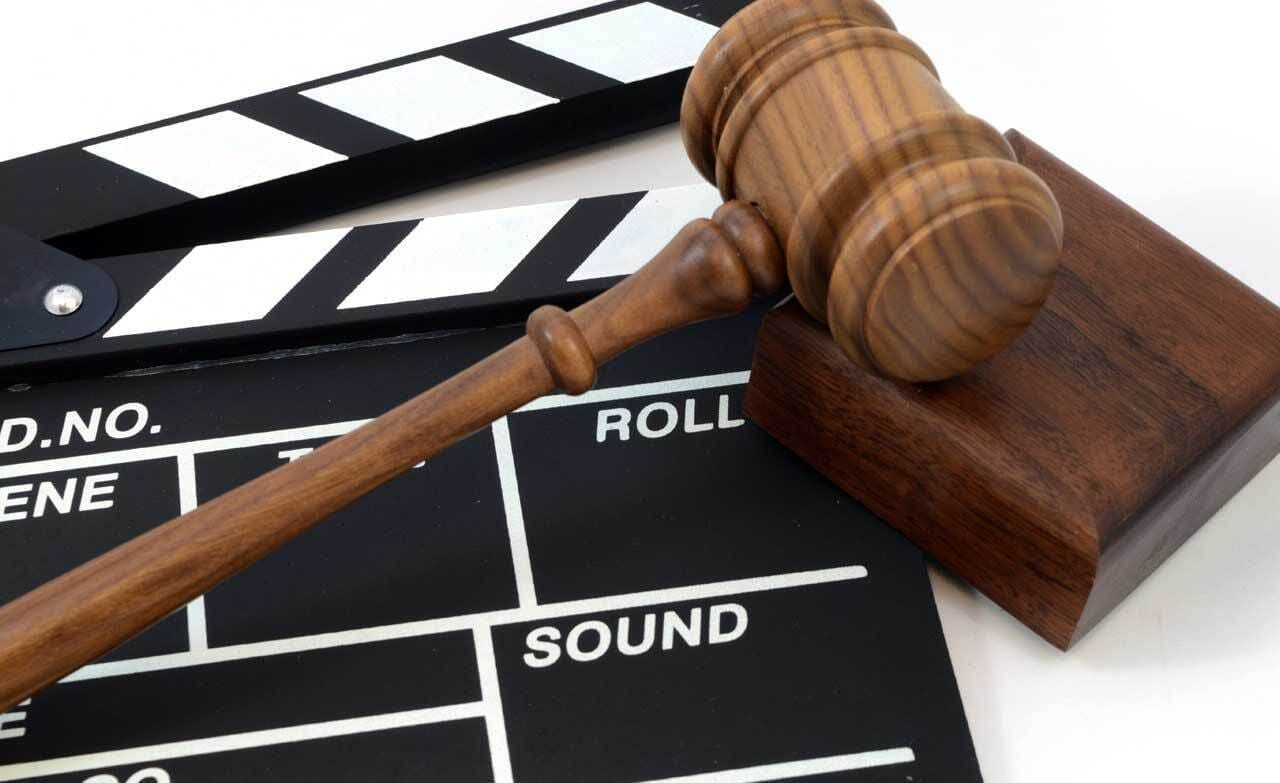(22pshc22)- The What; The Dos and The Do

INTRODUCTION
There have been notable regulatory developments in the framework for financial technology (Fintech) in recent times in Nigeria. The Central Bank of Nigeria has issued several guidelines implementing its policies for regulating Fintech related services in the Nigerian financial sector.
On August 3, 2021, the Central Bank of Nigeria (“CBN”) took another step furthering its commitment towards the promotion of an effective payment system in the country; by issuing a new governing regime for Payments Service Holding Companies (“PSHCs”), i.e. Guidelines for Licensing and Regulation of Payments Service Holding Companies in Nigeria (the “Guidelines”).
The Guideline seeks to prevent the commingling of activities, facilitate the management of risks within the payment service industry, and enable adequate regulatory oversight on the activities of licensed operators. It will complement the CBN Circular on New License Categorizations for the Nigerian Payments System, and other relevant subsidiary legislation made according to the Central Bank of Nigeria Act (2007) and the Banks and Other Financial Institutions Act (2020), as well as other regulatory instruments issued, from time to time, by the CBN and not forgetting other regulators in the Nigerian financial services sector.
Mainly, the scope of the Guidelines covers regulated activities in the payments service industry, such as; Mobile Money Operations, Switching and Processing, and Payment Solution Services, and any other action as may be subsequently approved by the CBN. Furthermore, a critical effect of this regulatory framework is that it is intended to create an enabling environment for the orderly management of Fintech companies in Nigeria. This Guideline seeks to ensure that no single company exercises a monopoly over all the activities in the payment service industry. Thus, thereby enhancing effectiveness and efficiency by allowing each company to focus on a particular service within a group. Finally, it aids the CBN in exercising its supervisory powers on all companies operating within the Group.
Following the release of this Guideline, companies in the payments services space who intend to operate more than one license category now have clear direction on setting up a Payments Service Holding Company (PSHC), with activities of subsidiaries clearly outlined. It sets the standard for the consolidation of payment service providers operating under the different license categories. The introduction of the regulatory framework aims to promote efficiency amongst operators in the payment services space, improve competition, and deepen financial inclusion in Nigeria.
Here are some provisions of the Guidelines companies intending to operate in more than one license category should look out for:
What is a Payment Service Holding Company?
For this regulation, a Payment Service Holding Company is a company whose principal object clause include the business of a holding company set up to make and manage equity investment in two or more companies, being its subsidiaries, which are Payments Service Providers across the following categories:
1. Mobile Money Operations
2. Switching and Processing
3. Payment Solution Services
Structure and Composition of a Payment Service Holding Company
A PSHC must be non-operating, existing solely to hold controlling equity investment in two or more companies in a parent-subsidiary arrangement. It is not allowed to engage in the day-to-day management and operations of subsidiaries. For it to exist, it must have a minimum of two subsidiaries, including a Mobile Money Operator (MMO) and a Switching company. Also, a PSHC must have a board size of between 5 and 10 or shall include, at least, an individual with requisite experience in the business(es) of the subsidiary payments service companies within the Group. Finally, a PSHC is permitted to have only two (2) hierarchies. Thus, it may have a subsidiary that is a parent to another subsidiary (i.e. an intermediate company). It is important to note that the subsidiaries of a PSHC are only permitted to have one more intermediate subsidiary.
Licensing and Commencement Operations and Corporate Governance
The Guidelines make extensive provisions on the licensing requirements, such as application fees, licensing fees, and other required information necessary for acquiring a PSHC license. Before commencing operations, a PSHC must provide certain information to the CBN, especially regarding capitalization. Additionally, corporate governance stands essential to the operations of a PSHC. Under the guidelines, the appointment to the board and management positions in a PSHC must align with the requirements of Assessment Criteria for Approved Persons’ Regime for Financial Institutions (The Approved Persons’ Regime), or any other applicable regulation issued by the CBN from time to time. Also, the rules on the disqualification of Board and Management, applicable to Other Financial Institutions (OFIs), shall apply to Payments Service Holding Company. Finally, a PSHC shall comply with the provisions of appropriate CBN Corporate Governance Guidelines and Include its audited financial statements among the contents of its website.
Ownership and Control
Considering how integral payment services companies are to the Nigerian financial system and, by extension, the country’s financial Stability, the CBN, through the guidelines, ensure proper checks on ownership and control of PSHCs. Consequently, prior approval of the CBN is necessary for anyone seeking to obtain up to 5 per cent (5% and above of shareholding in a PSHC. The acceptance of the CBN is also mandatory for any change in ownership, resulting in a change in control of the PSHC. Provided that such shares are acquired through the secondary market, the PSHC shall apply for approval from the CBN within seven (7) days of the acquisition.
Also, except with the prior written approval of the CBN, no Director, Shareholder, or Agent of a PSHC shall enter into an agreement that results in the change of control or transfer of shareholding of five per cent (5%) and above in the PSHC, provided that; in the case of secondary market transfers, the PSHC shall notify the CBN of such a change, within seven days.
Furthermore, subsidiaries of a PSHC are prohibited from acquiring shares in the PSHC or shares of other subsidiaries of their parent PSHC and the intermediate company of another subsidiary. And where a PSHC loses control of any of the two payments services subsidiaries – switching and processing company or mobile money operator – in the Group, for a period exceeding six (6) consecutive months, the PSHC shall cease to be a PSHC and will be required to return its license to the Central Bank of Nigeria for cancellation.
Also, suppose a PSHC with only two subsidiaries loses its controlling Interest in either of the subsidiaries for a period exceeding six (6) consecutive months. In that case, the PSHC shall cease to be a PSHC and will be required to return its license to the Central Bank of Nigeria for cancellation.
Permissible Activities
Payment Service Holding Companies can hold equity in financial and technological subsidiaries that facilitate or enhance innovative digital financial services. They are also allowed to provide broad policy direction, shared services and enter into technical or management service contract with any of its subsidiaries, with the prior written approval of the CBN, in respect of the following areas:
a. Human Resources services
b. Risk Management services
c. Internal Control services
d. Compliance services
e. Information and Communication Technology
f. Legal services
g. Facilities (office accommodation including electricity, security, cleaning services in that accommodation).
Non-permissible Activities
The extent of a PSHC’s operation is not universal. For example, all Payment Service Holding Company is prohibited from:
- Arrogating to itself any of the powers or functions of the Board of Directors, or internal management responsibilities and obligations of any of its subsidiaries or associates of any such subsidiary.
- Deriving or receiving income from sources other than the following:
a. Dividend income from its subsidiaries/associates;
b. income from shared services, where applicable;
c. Interest earned from idle funds invested in government securities or placement with licensed financial institutions;
d. Patents, royalties and copyrights;
e. Profit on divestment from subsidiaries/associates; and
f. Any other source as may be approved by the CBN. - Being involved in the administration and approval process of its subsidiaries, if applicable.
- Requiring its subsidiaries or any of its agents to take directives or act on the instructions of the PSHC in its internal decision-making process, without prejudice to the definition of control as defined in the Guidelines.
- Engaging the services of any employee of any of its subsidiaries.
- Purchasing/disposing of assets from/to its subsidiaries without the prior written approval of the CBN.
- From appointing as a director, any person, who at the relevant time is a director of any of its subsidiaries, except with the prior written approval of the CBN. Where such an appointment is approved, the aggregate number of directors from the subsidiaries and associates, at any point in time, shall not exceed thirty per cent (30%) of the membership of the Board of Directors of the PSHC.
Prudential Regulation
Where a PSHC wholly owns its subsidiaries, then it must have a minimum paid-up capital that exceeds the sum of the minimum regulatory capital/total equity of all its subsidiaries, as may be prescribed from time to time by the CBN. Additionally, where a PSHC owns less than one hundred per cent (100%) of its subsidiaries, its minimum paid-up capital shall exceed the summation of its proportionate holding in the subsidiaries. Excess capital in one subsidiary shall not be used to make up a shortfall in another subsidiary. Furthermore, it is the capital of the PSHC that is applied to the subsidiaries. A PSHC is obligated to ensure that its subsidiaries comply with the minimum capital requirements for each license category in the Group.
Finally, other key provisions in the Guidelines relate to filing requirements, and this requires a PSHC to make quarterly filings to the CBN, which shall include information on compliance with corporate governance guidelines, whistleblowing, assets and liabilities of the PSHC and its subsidiaries, risk management, internal control, and intra-group transactions.
CONCLUSION
Overall, developing an effective payment system appears to be one of the main focuses for the Nigerian Central Bank. Given the rapid adaptation of technology in resolving payment problems in Nigeria, payment service companies must do well ensure they remain abreast with the CBN guidelines that govern their specific area of operation as the CBN will continue to adapt its rules to ensure that these companies contribute to the maintenance of Nigeria’s financial stability.






